Post-Lockdown 2020 Rules Refresher
Here Neil Tappin and Jeremy Ellwood look at giving you a refresh on the rules as we come out of lockdown.


Here Neil Tappin and Jeremy Ellwood look at giving you a refresher on the rules as we come out of lockdown.
Post-Lockdown 2020 Rules Refresher
Before lockdown and the Coronavirus pandemic had taken over our lives, most of us had been getting to grips with all of the new rules that had been introduced in 2019.
Given the changes that were made and how different some rules were, it took quite a while for many to get their heads around them.
So, considering that many of us haven't played golf for a few months, we figured now was a good time to do a rules refresher.
Bearing that in mind, we have looked here at the 13 most important changes to the rules of golf that were introduced in 2019.
WATCH: Post-Lockdown 2020 Rules Refresher
NEW FOR 2020 – FEATURED PRODUCTS
Subscribe to the Golf Monthly newsletter to stay up to date with all the latest tour news, equipment news, reviews, head-to-heads and buyer’s guides from our team of experienced experts.
Golf Monthly is partnering with Titleist and FootJoy as our official golf ball, golf bag, footwear and apparel partners for this year.
Shop the featured FootJoy footwear and apparel worn in this video:
- Shop FootJoy Men’s shoes
- Shop FootJoy Men’s shirts
- Shop FootJoy Men’s pullovers/mid-layers
- Shop FootJoy Men’s jackets/outer-layers
- Shop FootJoy Men’s trousers
- Shop FootJoy Men’s gloves
- Shop FootJoy Men’s belts & accessories
- Find out more about the featured Titleist golf balls used in this video Discover Titleist Pro V1x balls
- Find out more about the featured Titleist golf bag used in this video Discover Titleist Stand Bags
Post-Lockdown 2020 Rules Refresher
1. Embedded ball
Under the previous rules, you could get relief from an embedded ball in the fairway or closely mown areas, but not in the rough. This is no longer the case as you can get relief from an embedded ball in the rough as well as the fairway, both of which are part of what is now known as the 'general area', but not in a penalty area of a bunker.
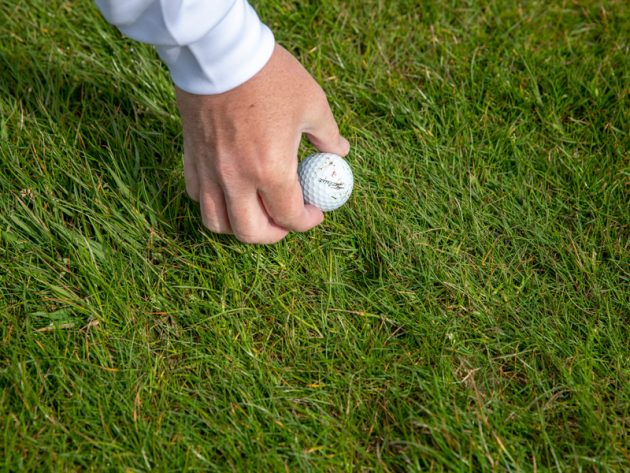
2. Loose impediments
According to the new rules, a loose impediment is defined as any unattached natural object which mean twigs, acorns, leaves etc as well as stones. Loose impediments can now be moved in bunkers and penalty areas, something that was not previously permitted.
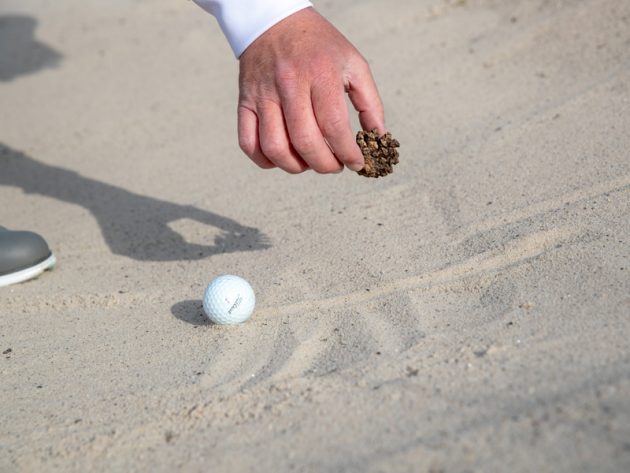
However, be careful because if the loose impediment is touching your ball and when you remove the it, your ball moves, then you will still be penalised for moving your ball at rest.
3. Dropping
This was one of the most visible changes to the rules as the dropping height changed from shoulder height, to knee height. If you have played golf for years doing the former, it is easy to return to that habit so remember it is knee height when you are next out on the course.
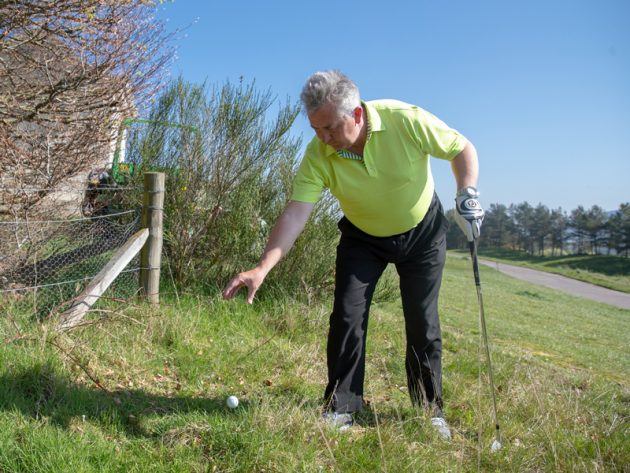
Something else to note is that when you drop, your ball must land and stay within the relief area that you have measured out.
4. On the green
You can now tap down spike marks and repair animal damage and certain other damage, which could be hugely beneficial to you on the green.
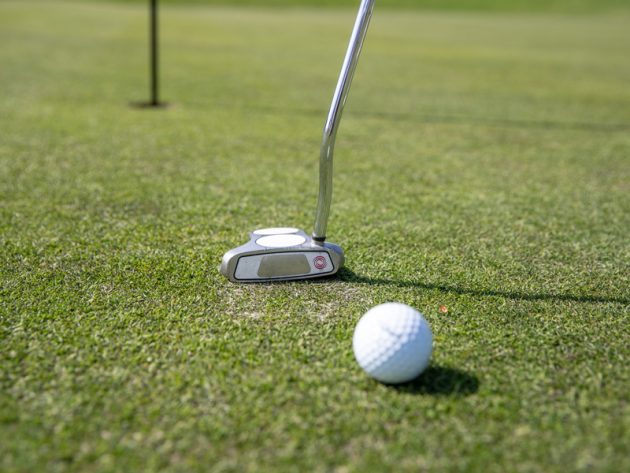
5. Damaging a club
In the older rules if you damaged a club yourself through a deliberate act you would not be allowed to use that club again in that round. Now, you can carry on using a club for the rest of the round regardless of how any damage is caused.

For example, if you bend your putter slightly, in the new rules you would be allowed to continue using that club. In the old rules, you wouldn't because you had changed the playing characteristics of the club.
6. Flagstick
This is apt for the current time we live in. The flagstick can remain in the hole while you are putting from on the green, with no penalty if your ball strikes the flagstick.
7. Ball movement on the green
No longer are you penalised if you accidentally cause your ball to move on the putting green. For example, if you drop your putter or ball marker on your ball and it moves, you are no longer penalised. Equally, if your drop your ball on your ball-marker, you are no longer penalised.
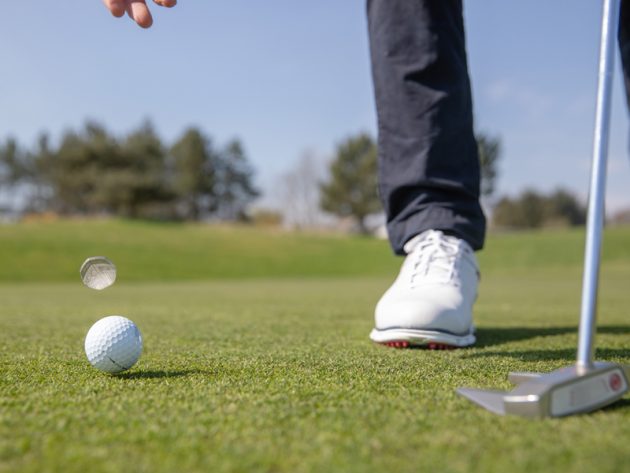
You simply have to replace the ball where it was and carry on as usual.
Remember though this is just on the green, if you cause your ball to move elsewhere on the course then it would almost always be a penalty, but not when searching for your own ball.
8. Ball movement when searching for it
The player used to be penalised if they moved their ball when searching for it, whereas there would have been no penalty if your opponent or fellow-competitor, as they used to be called, moved it.
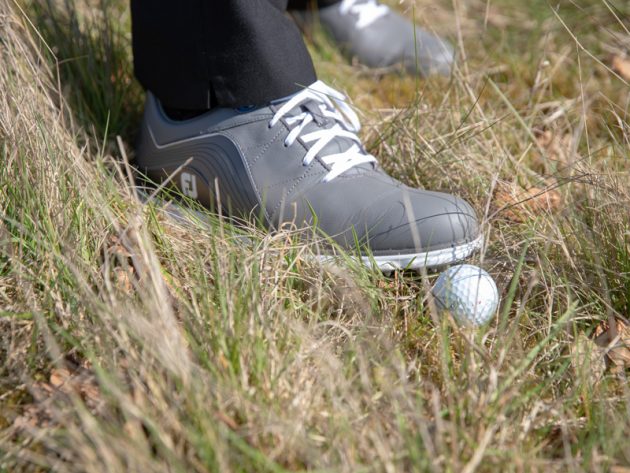
Now though, you are no longer penalised and simply have to replace the ball where it was. If you are not 100% sure where the ball was then you have to estimate that spot to the best of your ability.
9. Identifying your ball
If you cannot see your identification mark, number or brand to identify your ball in thick rough, for example, in those circumstances you are allowed to lift the ball to identify it but you must mark its position first.
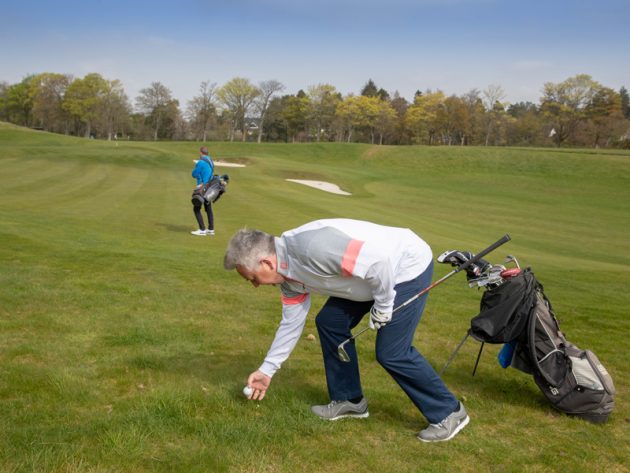
What has changed is that you no longer have to tell the person you are playing with or your marker that you are going to lift your ball.
10. Taking a drop
Once you have found your nearest point of complete relief, from then on everything is worked out in club-lengths, which are measured using the longest club you are carrying that day excluding your putter.
11. When a ball is holed
The rule used to be that the ball was holed when all of it was below the surface of the putting green, which is still the general rule today.
However, there is a slightly different rule now for when the ball is resting against the flagstick but has fallen all the way into the hole - a much more common occurrence now many of us are putting with the flagstick in.
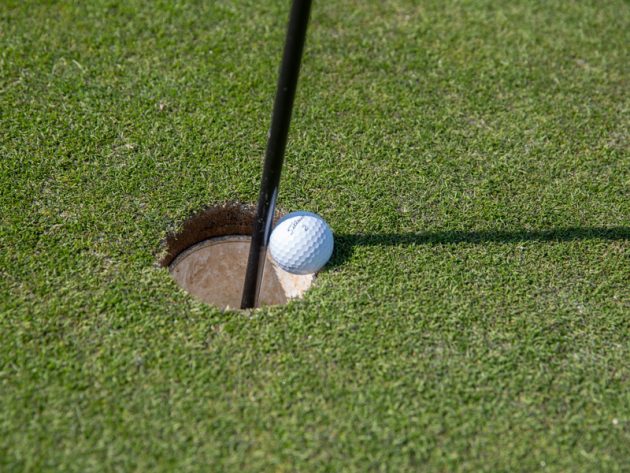
Now, if any part of a ball resting against the flagstick is below the level of the green, then that is considered holed.
12. Lateral hazards
The new rules have done away with opposite side relief when you are in a red penalty area, which is to simplify the rule somewhat.
That being said, some clubs may have Local Rules that allow it in specific circumstances.
13. Touching line of play on green
Previously you were not allowed to touch the line of a putt but this is no longer the case provided you are not actively trying to improve your line.
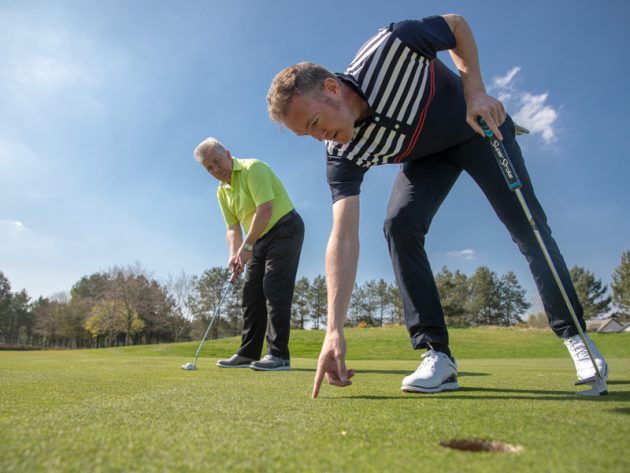
For example, if you are simply pointing out the line to your partner, that is no problem as long as you are not improving it in any way.
Don't forget to follow Golf Monthly on Facebook, Twitter and Instagram for more golf news and rules content.

Sam is Golf Monthly's Senior E-commerce Editor which mean's he oversees everything E-com related on the site.
This takes the form of creating and updating Buying Guides, reviews, and finding bargain prices for deals content.
Working with golf gear and equipment over the last seven years, Sam has quickly built outstanding knowledge and expertise on golf products ranging from drivers, to balls, to shoes.
He combines this knowledge with a passion for helping golfers get the best gear for them, and as such Sam manages a team of writers that look to deliver the most accurate, insightful, and informative reviews and buying advice. This is so the reader can find exactly what they are looking for, at a good price.
Additionally Sam oversees Golf Monthly voucher/coupon content which seeks to find you the best offers and promotions from well-known brands like Callaway, TaylorMade and many more.
Unfortunately, Sam is not a member of any club at the moment but regularly gets out on the golf course to keep up the facade of having a single-figure handicap.